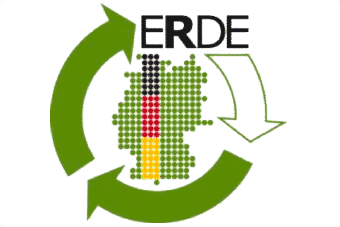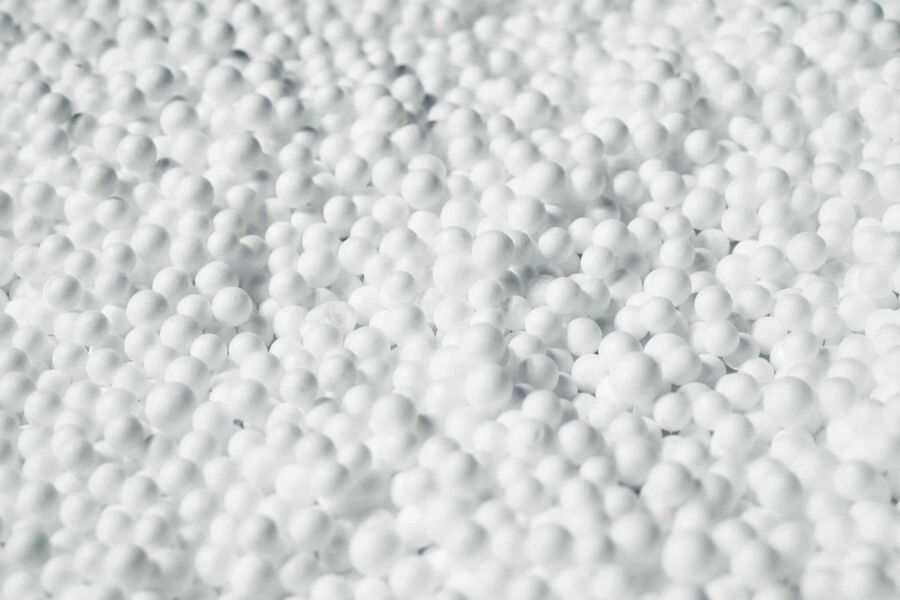On 24 October, the ENVI committee will vote on its compromise amendments on one of the most complex and debated files, the Packaging and Packaging Waste Regulation (PPWR). As part of the Green Deal, the new regulation is aiming at reducing packaging waste, fostering the circular economy and ensuring the functioning of the internal market by harmonised sustainability requirements for packaging. To increase the demand for recycled materials, the EU Commission has proposed binding recycled content quotas between 10 and 35 % for the plastic content in packaging from 2030 on – an important political signal for investments in the circular economy.
However, there are important downsides to this measure. As authorisations for food grade recyclates are still missing for the most important packaging polymers, food packaging producers will become largely dependent on thermo-chemical recycling processes (e.g. pyrolysis) and mass balance approaches allowing for credit-based allocation in chemical recycling for fulfilment of the recycled content quotas.
SMEs risking marketing restrictions
To achieve the quotas proposed, the use of post-consumer recyclates (PCR) in PP and PE packaging, accounting for 70% of the plastics packaging placed on the European market, will have to increase more than fivefold (5x!). This estimation is without taking into account the potential over-fulfilment of the quotas by brands with secured access to high-quality recyclates and the future PCR demand of other sectors, like the automotive sector. These sectors will have to draw from the packaging waste recycling. Shortages of high-quality PCR are therefore likely to occur and will be at the expense of small and medium sized food packaging producers.

Source: Conversio Market & Strategy GmbH, 2023 (link). PCR demand in 2030 is based on an IC estimate for Germany. Simplifying assumptions: 50% of the processing volumes are contact-sensitive packaging and no company uses more than is legally required by quotas.
Missed opportunity: credit-based allocation also for mechanical recycling
The rapporteur in the ENVI committee missed the opportunity to introduce a credit-based system that also works for mechanical recyclates. The principle is simple: Manufacturer A who uses more PCR than required by the quotas receives credits for the surplus. Manufacturer A can sell these credits to manufacturer B, who cannot (yet) meet the quotas. Together, they achieve the quotas for PCR set in the PPWR. Concerns that this would lead to greenwashing are unfounded as only the actual recycled content should be claimable towards consumers. Credit-based allocation is currently only discussed for chemical recycling. It is also urgently needed for mechanical recycling to reduce supply chain risks for SMEs and to create a level-playing field of recycling technologies in order to lower the costs and the energy demand of the transition to a Circular Economy.
Paving the way for plasticized paper packaging
An escape for food packaging producers has however been paved by the rapporteur Ms. Ries: She proposes that packaging containing less than 5% plastics should be exempted from the recycled content requirements. This is making plasticized paper packaging, so called composite packaging, which have experienced a boom in recent years, an increasingly attractive alternative to mono-material plastic packaging. Sadly, however, such composites run counter to the goals of the Green Deal: they usually weigh more, thus increasing the amount of packaging waste, and they are not recyclable, at least not in terms of their plastic content. European environmental organisations warn against this trend in a recent publication as “the false solution to the packaging waste crises”.[1]
Reduction potentials left untapped
Similar ways out are being provided from the reuse quotas and the bans by partly only addressing plastics packaging and exempting cardboard packaging, even more pronounced in the EPP alternative amendments. This is going against many start-up enterprises of the Green Economy that have started with managing reusable packaging pools for different sectors like take-away food, home delivery and e-commerce and count on reusable packaging made of plastics for their robustness, hygiene and recyclability.
“A huge potential to save on single-use packaging and greenhouse gas emission is left untapped only because reuse quotas would favour plastic packaging” complains Dr. Isabell Schmidt, Managing Director Circular Economy at IK.
Material neutral regulation needed
The drive to plastic reduction is further fostered by an additional reduction target only for plastics packaging of 10% by 2030 that Ms. Ries is suggesting. Studies however show that the substitution of 10% of plastic packaging by other materials is not only increasing packaging waste but also greenhouse gas emissions by 10 to 14%.[2]
“We believe that a material neutral regulation and a level-playing field between chemical and mechanical recycling are key for a real sustainable transition of the packaging market in line with the targets of the Green Deal” sums up Schmidt. “Both are missing in the current amendments for the ENVI committee.”
Please find FAQs on a credit-based system for recyclates on
www.certificates-for-recyclates.com
[1] Stravens, M. (2023, July 28), Disposable Paper-based Packaging for Food. The false solution to the packaging waste crisis, Amsterdam, The Netherlands: Profundo.
[2] GVM Gesellschaft für Verpackungsmarktforschung (Ed.) (2023), Material Efficiency of Packaging in Comparison, Mainz, Germany, p. 31. https://www.slideshare.net/Newsroom-Kunststoffverpackungen/material-efficiency-of-packaging-in-comparison-pdf



